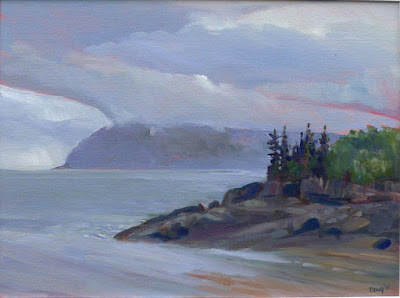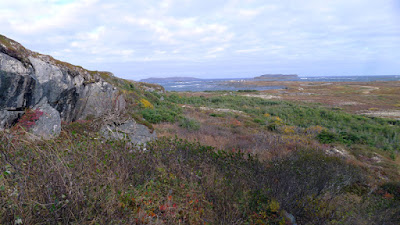Assault is common enough to not be newsworthy, until it happens to someone you love.
 |
| War and intimations of war, by Carol L. Douglas |
Many years ago, we acquired an extra kid. She studied painting with me from high school until she completed her MFA. She was my studio assistant and class monitor, and now works in a gallery in Maine. I love her, so I did a lot of parental things for her, like moving her into her first dorm room at Pratt.
She has perfectly wonderful, charming parents of her own. However, they work long, long hours in their family restaurant. Their English is insufficient to negotiate American bureaucracy. When S. was away at college, I stepped in to help. In the process, I got to know and love them as well.
The restaurant is run by five elderly siblings. S.’s aunt runs the front end, her parents are the cooks, and her uncles work in the dish-room. It is a modest, venerable establishment squeezed between downtown and one of Rochester’s better neighborhoods.
 |
|
Monroe County Executive Cheryl Dinolfo administering the Oath of Citizenship to S.’s mom and many others.
|
They are ethnically Chinese. Their families escaped to Vietnam from the
Chinese Communist Revolution. Two were born in China; the rest were born after the exodus to Vietnam. They made new lives and established businesses in Vietnam. Then they pushed along again, with just the shirts on their backs, following the
fall of Saigon. Their passage was on a rotten little boat that ultimately sank just offshore. One brother died. They lived for a while in a refugee camp and eventually made their ways to the United States. All are now American citizens and proud of it. Their kids are college graduates.
 |
| A cousin sent them this photo of their boat sinking offshore in Malaysia. |
Dad hasn’t been feeling well recently, so S. has taken time off to go home to Rochester to help. Meanwhile, Maine’s tourist industry is slowly coming out of hibernation. She planned to come back on Tuesday.
And then disaster struck. A woman wandered in to the restaurant last night, wanting a bathroom. When told that they were for customers only, she pitched a drunken fit. She swept the dishes off a table with her arm. Then she threw S’s mother to the floor. As of last night, Mom had been diagnosed with two fractures of the pelvis and other injuries. A pelvic fracture can take eight to 12 weeks to heal.
 |
| The family restaurant. |
A family-owned business is like a house of cards. Pluck one out and the whole stack collapses. S is a lovely kid, but she’s not the cook her mother is. With Dad already sick, this may be the straw that breaks the camel’s back.
This isn’t in today’s news, and I don’t expect it to be. Assault and battery is such a common problem that it’s not worth mentioning, even when it upends a whole family. But we should pay attention to it. Most city residents are as middle-class in their values as you and me, but there is a feral subset. They make our cities difficult to live in.
I lived and worked in urban New York most of my life. There’s much to love about it. But I hate the threat of gratuitous violence that hangs in the air. It touches everyone. I’m white and middle-class, and I can count four incidents of murder or attempted murder among my friends.
Do I have an answer for this? I don’t, but I do think it’s time that we admitted that we have a problem. For some reason, the
Great Society has left us with material and moral poverty. Why? And how do we fix it?







































